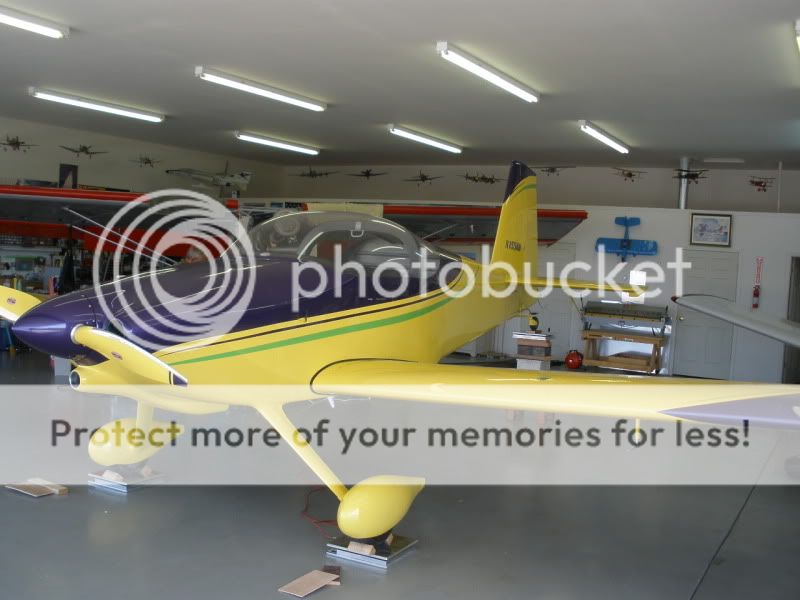I was in charge of our club's scales for a number of years and came up with a much simpler way to weigh taildraggers than many people seem to use. You will need one helper.
First, weigh the airplane in 3-point configuration, to get the total weight (W). Chock the front wheels on the scales while doing this, it's important for the next step.
Second, raise the tailwheel off the rear scale until the level reference reads level. Support the tailwheel by putting it on a flat piece so you're only taking its weight on the contact point of the tire. I used a short piece of 2x6 most of the time, but I did have equal success holding the tire in my hand after a bit of practise.
With the tail raised, have your helper read the weights off the main wheel scales (WL and WR). Put the tail down and you're done.
Tail weight in flying attitude is simply W minus (WL plus WR).
You've now got everything you need, and you didn't have to build up a support that would hold the tail high enough and support a scale at the same time.
Incidentally, the reverse procedure worked well on an RV-7A as well... With the main wheels still on the scales, remove the scale under the nosewheel, and let it drop until the plane is level. As luck would have it, in the hangar we used there was a depression in the floor that was exactly right to allow the plane to sit level. It looked like on a level floor you might need a 5/8" sheet of plywood under the scales on the main wheels, but that will depend on the scales you're using.





